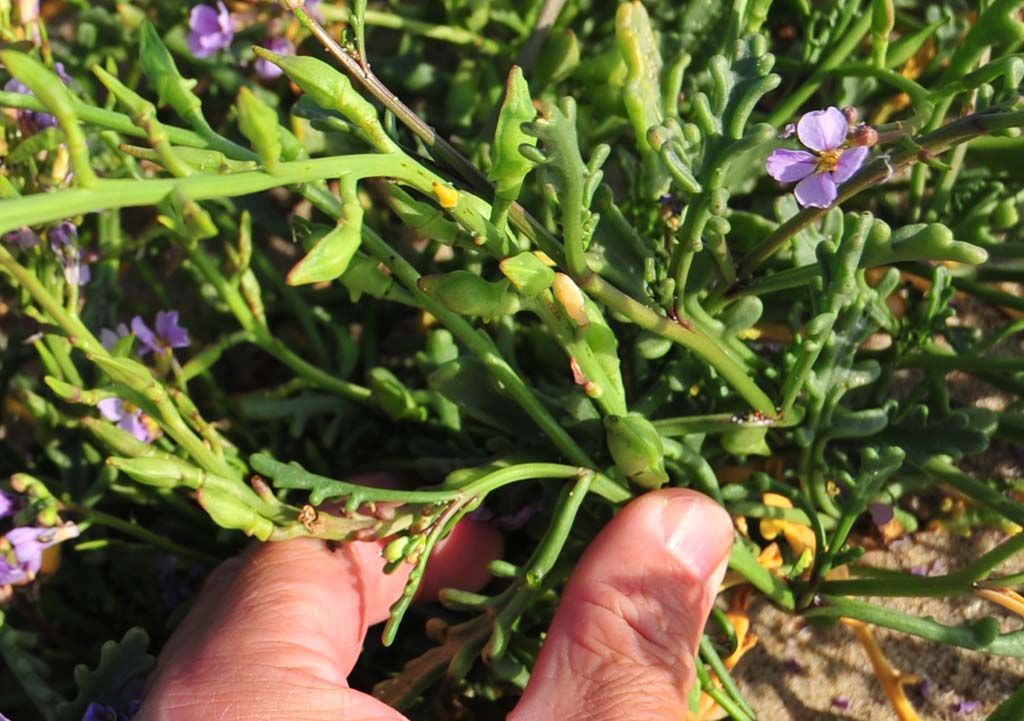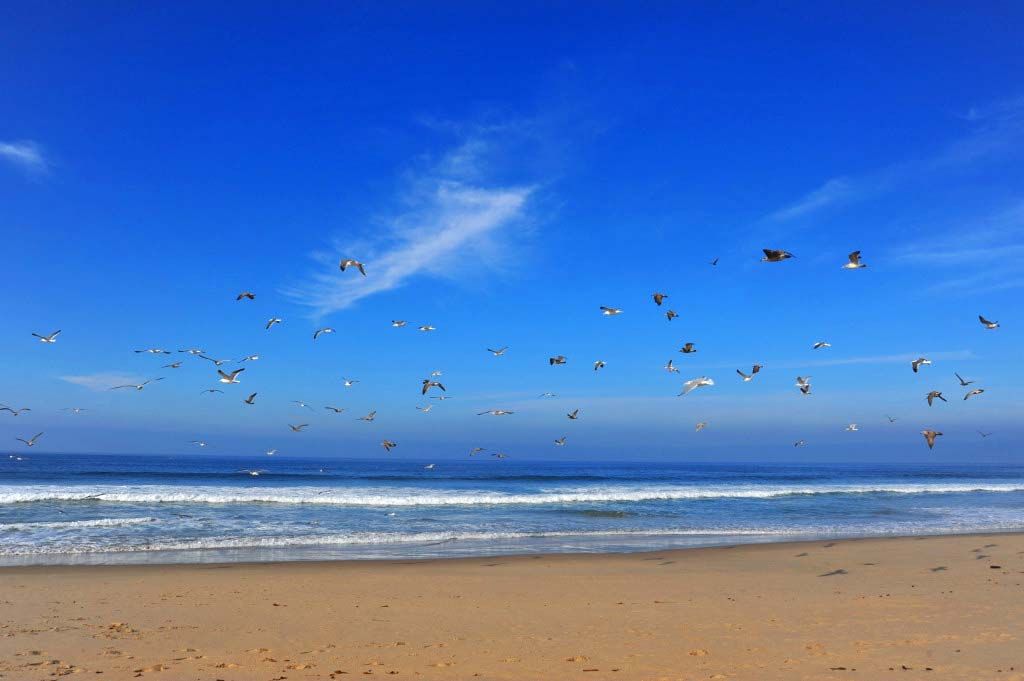In December, I took Alex, my postdoc to Modesto for the Almond Board meeting. Because they funded my research on varroa RNAi, I was asked to be there to report our findings. We took a few days off to visit the Berkeley Botanic Gardens, the Stanford campus and the 17 Mile Drive. On the way to 17 Mile, I spotted Sand City and had a stop to take a look at the pretty ocean.
Right away I saw some strange flowers on the beach (never seem flowers before on a beach!) and wondered if there would be bees…Yes! I got lucky. The flowers looked like in the family of Brassicaceae (old name was Crucifera), but leaves were waxy and succulent, apparently adaptations for drought resistance. I tasted a seed pod and indeed it has a hint of mustard, so I was 90% sure it was a a member in Brassicaceae.
I came home and googled for something like “brassica on beach” and did find the name.
Wiki says:
“The European searocket Cakile maritima in Europe, and the American searocket C. edentula in North America. The genus is native to Europe, Asia and North America, but the European searocket has been introduced into North America and has spread widely on both east and west coasts; in many places it is replacing the native C. edentula, and is regarded as an undesirable invasive species.:
I am not sure if this one is the European or the American species. I suspect it is the latter.
(updated Jan 9. 2012: according to this page, my species should be the European one, C. maritima).
It seems many pretty things are invasive! (the ice plant everywhere there with pretty flowers, is also invasive).
The bright blue sky reminded me a poem by a Chinese poet, Haizi. (He killed himself some years ago, perhaps due to depression). The English was a translation by myself
| é¢æœå¤§æµ·,春暖花开 | Facing the ocean,  where spring’s warm and flowers bloom |
| æµ·å | Haizi (son of sea) |
| 从明天起, åšä¸€ä¸ªå¹¸ç¦çš„人 | tomorrow on, I be a joyful man |
| 喂马, 劈柴, 周游世界 | feeding horses, chopping firewood, and touring the world |
| 从明天起, å…³å¿ƒç²®é£Ÿå’Œè”¬èœ | tomorrow on, mind grain and veggies |
| 我有一所房å, é¢æœå¤§æµ·, 春暖花开 | have a house, facing the ocean, where spring’s warm and flowers bloom |
| 从明天起, å’Œæ¯ä¸€ä¸ªäº²äººé€šä¿¡ | tomorrow on, write to every kin |
| å‘Šè¯‰ä»–ä»¬æˆ‘çš„å¹¸ç¦ | tell them my joy |
| 那幸ç¦çš„闪电告诉我的 | what that joyful lightening told me |
| 我将告诉æ¯ä¸€ä¸ªäºº |  I will tell every man |
| ç»™æ¯ä¸€æ¡æ²³æ¯ä¸€åº§å±±å–一个温暖的åå— | give warm names to every river and hill |
| 陌生人, æˆ‘ä¹Ÿä¸ºä½ ç¥ç¦ | strangers, I bless you too |
| æ„¿ä½ æœ‰ä¸€ä¸ªç¿çƒ‚çš„å‰ç¨‹ | to have a bright future |
| æ„¿ä½ æœ‰æƒ…äººç»ˆæˆçœ·å±ž | to wed the one you love |
| æ„¿ä½ åœ¨å°˜ä¸–èŽ·å¾—å¹¸ç¦ | to get worldly happiness |
| 我åªæ„¿é¢æœå¤§æµ·, 春暖花开 | as to me, I only want to face the ocean, where spring’s warm and flowers bloom |
Translated by Zach 3/13/2011, revised 3/22/2011
1. Facing the ocean
2. Alex misses his family and started drawing on the beach :)
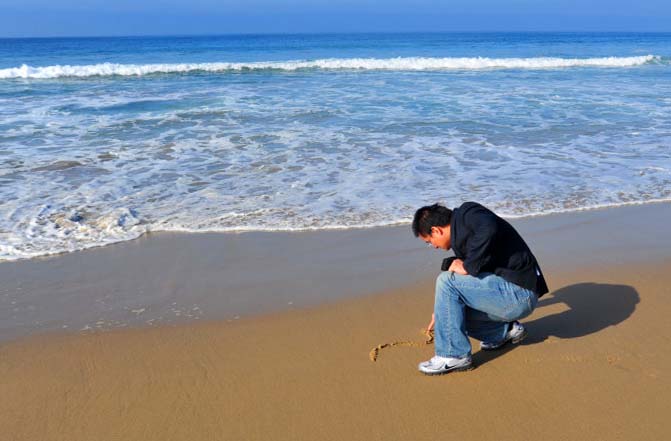
3. Searocket on the beach
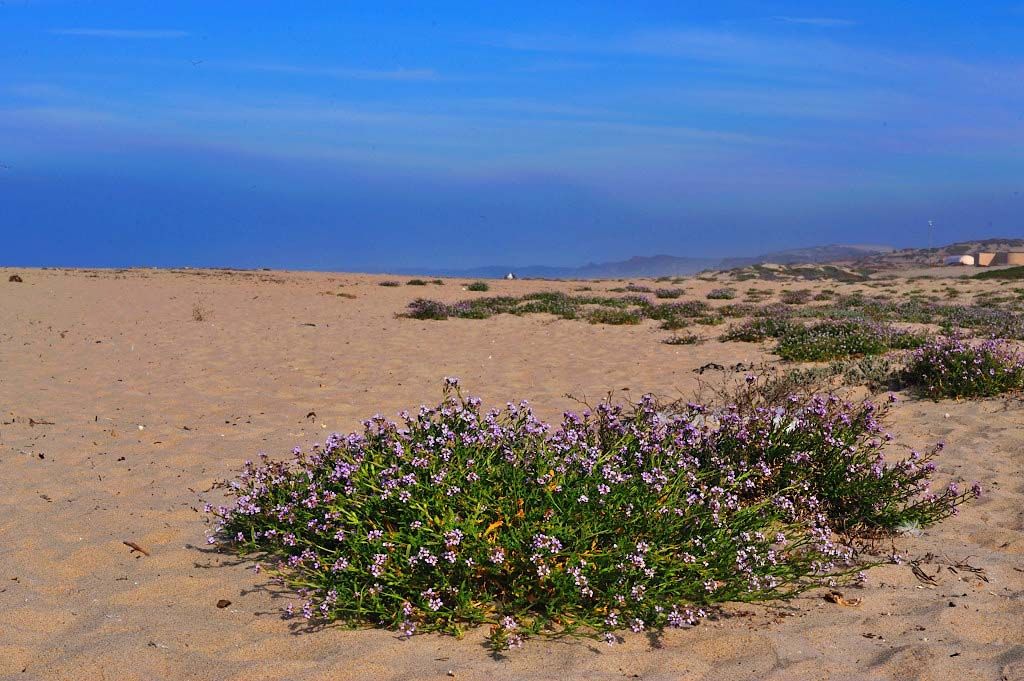
4. Closeup of a honey bee on searocket (D700+60mm+internal flash)
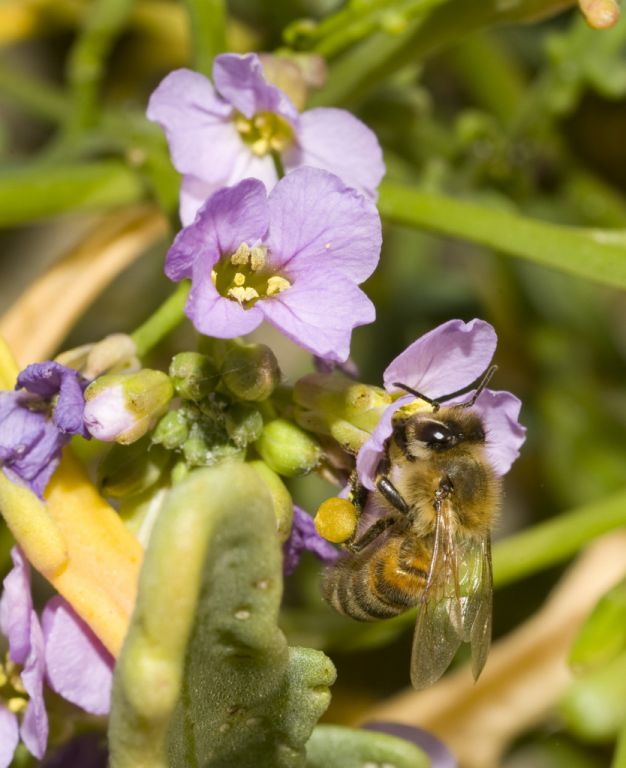
5. In flight and with proboscis sticking out..it looks like she was flying and cleaning her tongue at the same time.
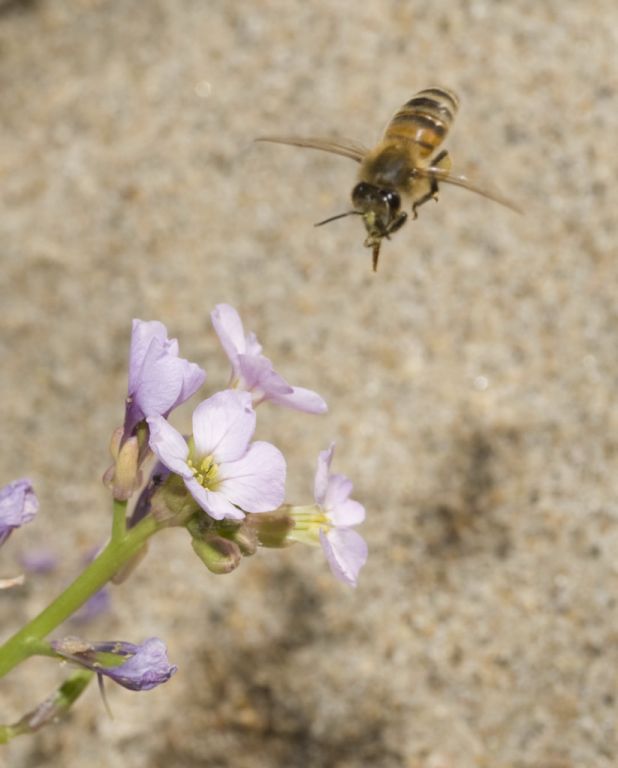
6. Foraging for nectar.

7. And apparently also for pollen, a bit darker compared to pollen from canola (the same family).
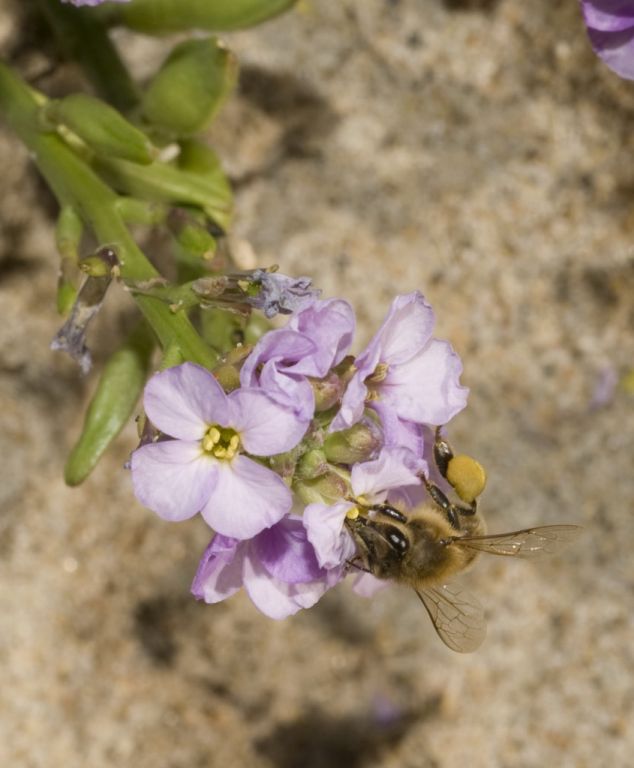
8. A closeup showing the seed pods and leaves..and my fingers.
